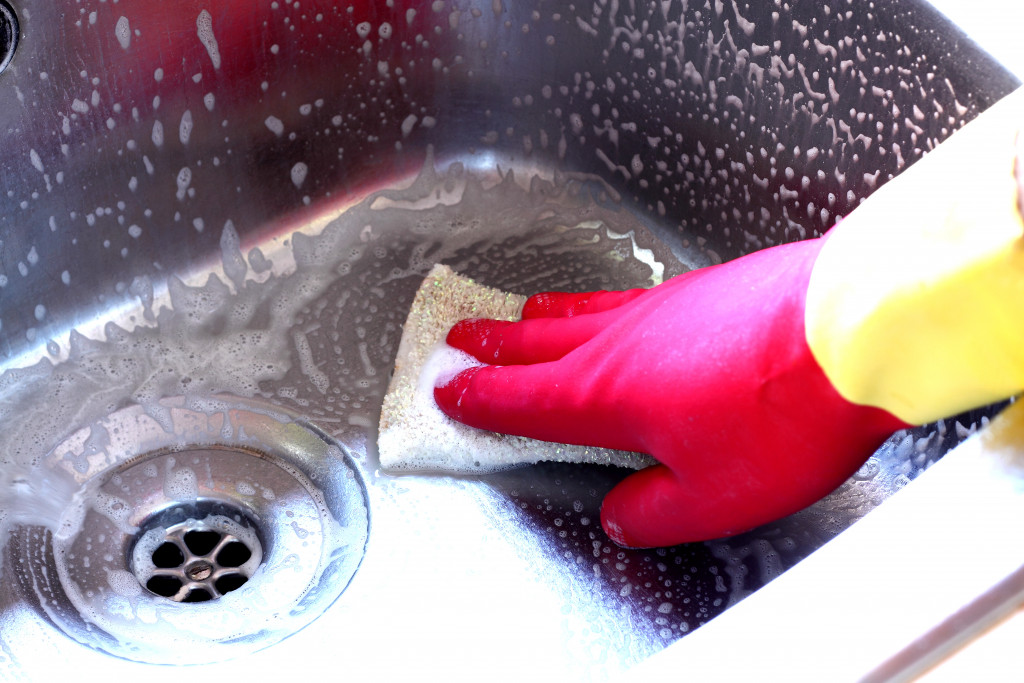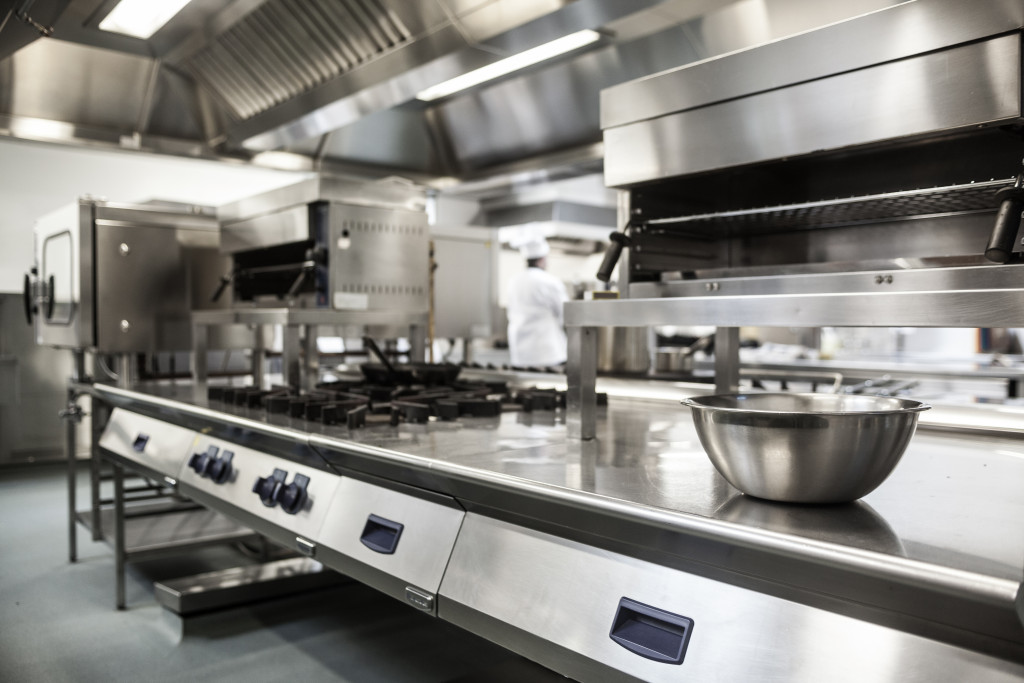As a foodie, you can’t help but be inspired to put up your own small restaurant. After enjoying so much high-quality food, you’d want to serve some of your own, too. It’s going to be challenging, though.
A commercial kitchen, whatever size it may be, is a restaurant’s command central. Often situated at the back, it’s actually the heart of a business. Everything your restaurant will do, from the food you’ll serve to the service your staff will provide for your customers, depends on what’s going on back there.
If you’re still into opening one, though small at first, you have to consider many factors so that your restaurant will have a smooth overall operation. So where do you start?
Most people think that a commercial kitchen is all about fryers, grills, ranges, frantic staff, and angry chefs. While that’s true, there’s more to it than meets the eye.
To be successful, a kitchen has to be efficient. And while others design their kitchen based on the concept of their restaurant, that shouldn’t be the case with you. You’re just starting, which leaves no room for customization yet.
For now, your goal is to design a commercial kitchen that can cook up high-quality meals with speed and efficiency to provide your guests with high standards. It will be even more challenging for you because of the limited space you have. Nonetheless, it’s still doable.
This helpful guide will share valuable tips about the key considerations for designing a small commercial kitchen.
Space Efficiency and Flexibility
Considering the limited space you have, it’s best to start with space efficiency. It’s about maximizing the space you have while incorporating the needs of your staff to get around. According to the Total Food Service magazine, the rule of thumb, and industry guideline, is to allot 60% of space to your dining area and 40% to your kitchen. This is the reason why many restaurant owners put most of their effort into designing the dining area.
To make the most of your space, implement an efficient storage system and use modular, multi-use equipment.
Ergonomics and Energy Efficiency
Most businesses today implement ergonomic designs for their office layout, equipment, and furniture. It’s tricky, however, to apply it to a food business.
Practicing ergonomics means you’ll be putting items within a range of each other even if they’re not energy efficient. But there’s a way around it. Focus instead on how smoothly your staff can move in the kitchen. If there are hindrances, move it to a place that will open up space for more foot traffic.
To adopt energy efficiency, you must plan where to put your equipment. For example, you can’t place a chest freezer beside a grill. Because of the heat from the grill, your freezer will generate more power to cool its contents.

Safety and Sanitation
Safety and sanitation are serious deals. They’re what will legalize your business.
Secure all the necessary permits and licenses for your restaurant. Consult with the Food and Drug Administration (FDA) and your local Department of Public Health to find out the standards for food safety, preparation, storage, disposal, and service. Check out Occupational Safety and Health Administration (OSHA) and your local Department of Labor to learn more about employee safety in the workplace.
Every area of your kitchen should follow strict health and food safety standards. Consider the capacity of your dining area to determine how many wash stations you’ll have. Use state-of-the-art surfaces for your walls and floors so that it’ll be easier to clean them. They must not absorb food, grease, and water. Therefore, use urethane floor coating to prevent slips.
Ensure fire safety by following all precautions. Provide enough ventilation and exhaust fans to prevent overheating of equipment. Make sure that there are enough fire extinguishers in your kitchen.
Staff Training, Supervision, and Communication
Since you’ll be hiring staff, it’s important to consider how you train, supervise, and communicate with them. Leave a designated space for this purpose. There should be a training area and a conference room, at least.
To foster good communication, avoid putting obstacles from your staff’s line of sight. This will allow them to see each other quickly when maintaining a speedy service. This will also allow you or your executive chef to supervise everybody.
One Size Doesn’t Fit All
According to the Food Service Equipment Journal, working in a stressful commercial kitchen can negatively affect many aspects of any commercial kitchen. From food to staff, the results aren’t good. You can avoid this, however.
While every kitchen is different, putting all that’s mentioned here will depend on your individual circumstances. Your menu, target market, and budget will affect your design, and so will the style of your restaurant, its size, and even planning permissions from the local licensing body.
Even though these specific requirements will slow you down a bit, you have this guide to start on your small restaurant today.

